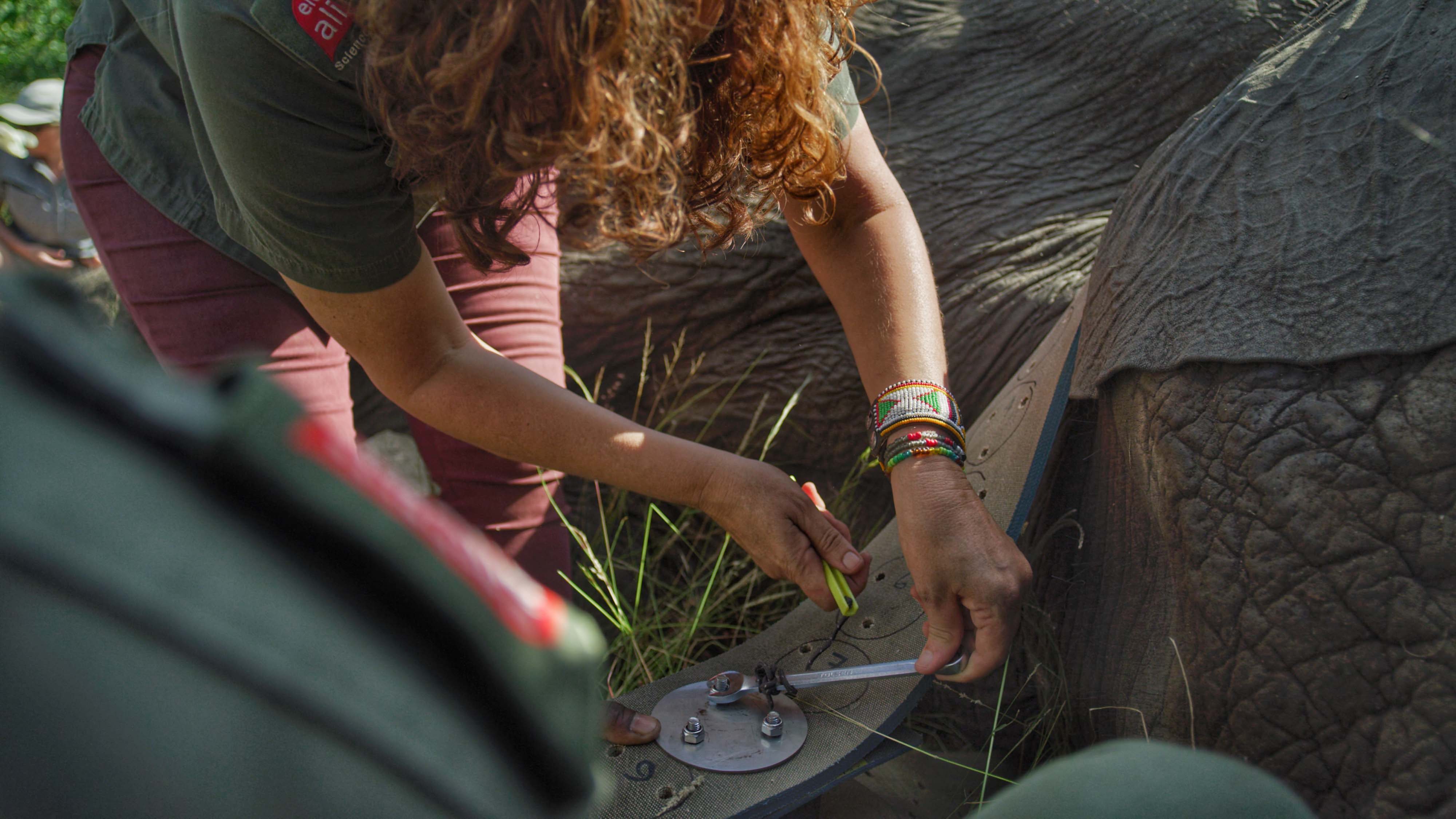

Starting from the knowledge that over 50% of elephant movements are outside of Protected Areas (PAs) and over 75% of elephant populations are transboundary, we used a satellite tracking approach to identify which wildlife corridors are most used by elephants.
While our initial plan was to establish a corridor between Gonarezhou (high elephant density) in Zimbabwe with Banhine and/or Zinave National Parks (low elephant density) in Mozambique, insufficient tracking data and reports linking the PAs in these countries (Zimbabwe to Mozambique) to define a conclusive corridor has made us shift our geographical location to Namaacha Valley in southern Mozambique. Here several elephants that we had collared outside of PAs in the hope to find more corridor moving individuals between PAs across southern Mozambique, have defined a vital corridor covering the southern extreme of the KNP, south towards Tembe National Park in South Africa and east towards the Futi corridor and MSR on the coast of Mozambique.
The collaring of elephants and analysis of the tracking data have shown us that existing PAs are too small for elephants. Using elephants as the landscape planners for connectivity across national boundaries, enabled us to identify human-elephant conflict hotspots where efforts are most likely to have the largest impact.
- Sufficient funds to purchase collars and pay for helicopter fees are critical to the success of this part of the strategic plan.
- Helicopter & pilot availability can be challenging in remote areas.
- Cooperation from the community on where and when elephants are in the corridor regions.
- When working in a large Transfrontier Conservation Area, logistical support from partner organisations is key for successful longterm implementation.
We have learnt that corridor moving elephants are wily and are thus not often seen during the day when they can be collared. They have hideouts during the day to avoid conflict with people. We have managed to find suitable study animals by collaring one or more bulls within a group of bachelor bulls close to the border of protected areas or even within protected areas. This has helped us find additional animals when the groups split up over time. Also having a mobile Rapid Response Unit informing us of elephant movements, has helped us supply collars when needed to the Mozambique Wildlife Alliance who can deploy them quickly and efficiently on the ground. Writing ahead of time for funds via grants, has also enabled us to have funds. Expensive helicopter flying time and availability of pilots has remained a challenge.